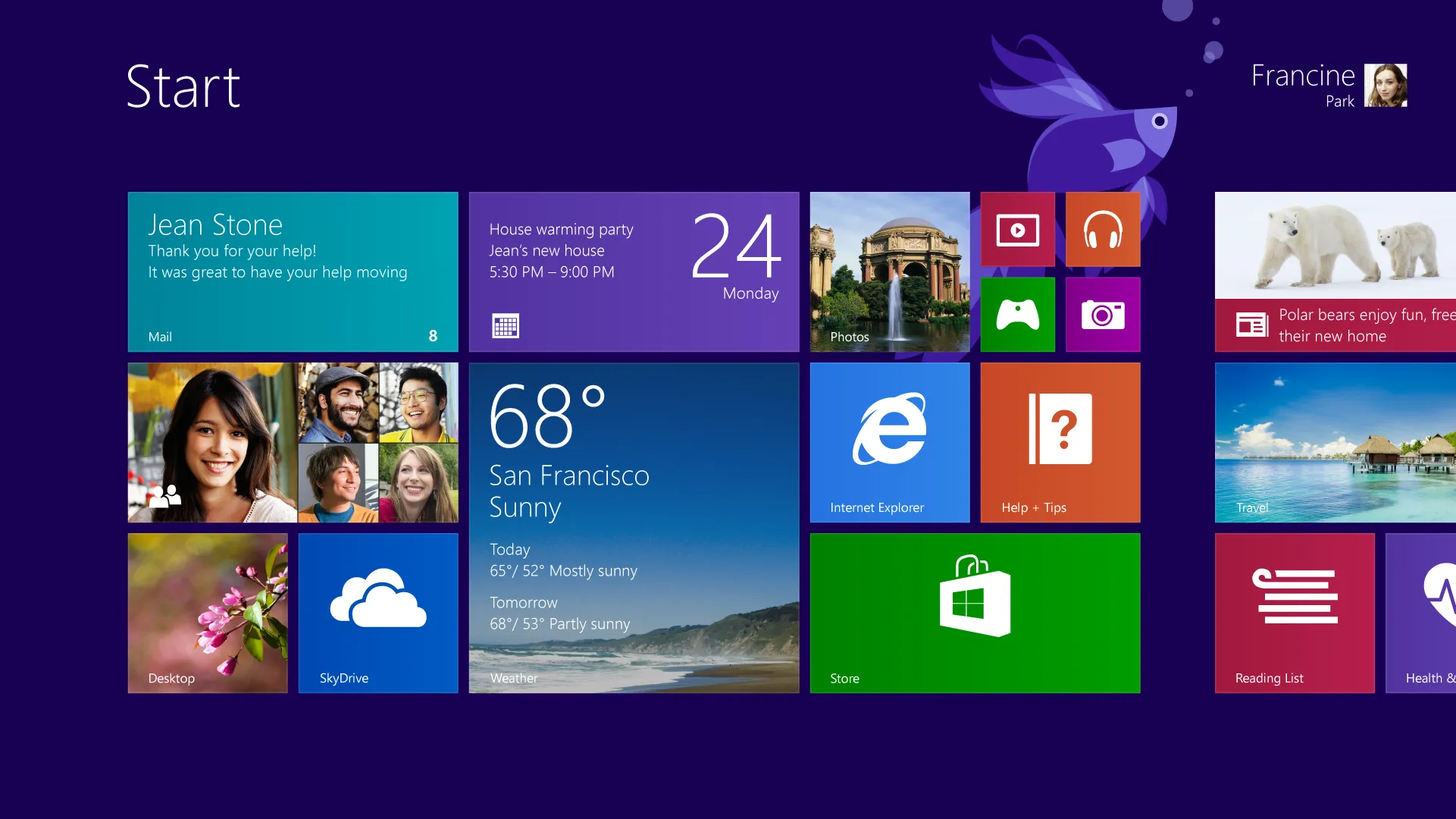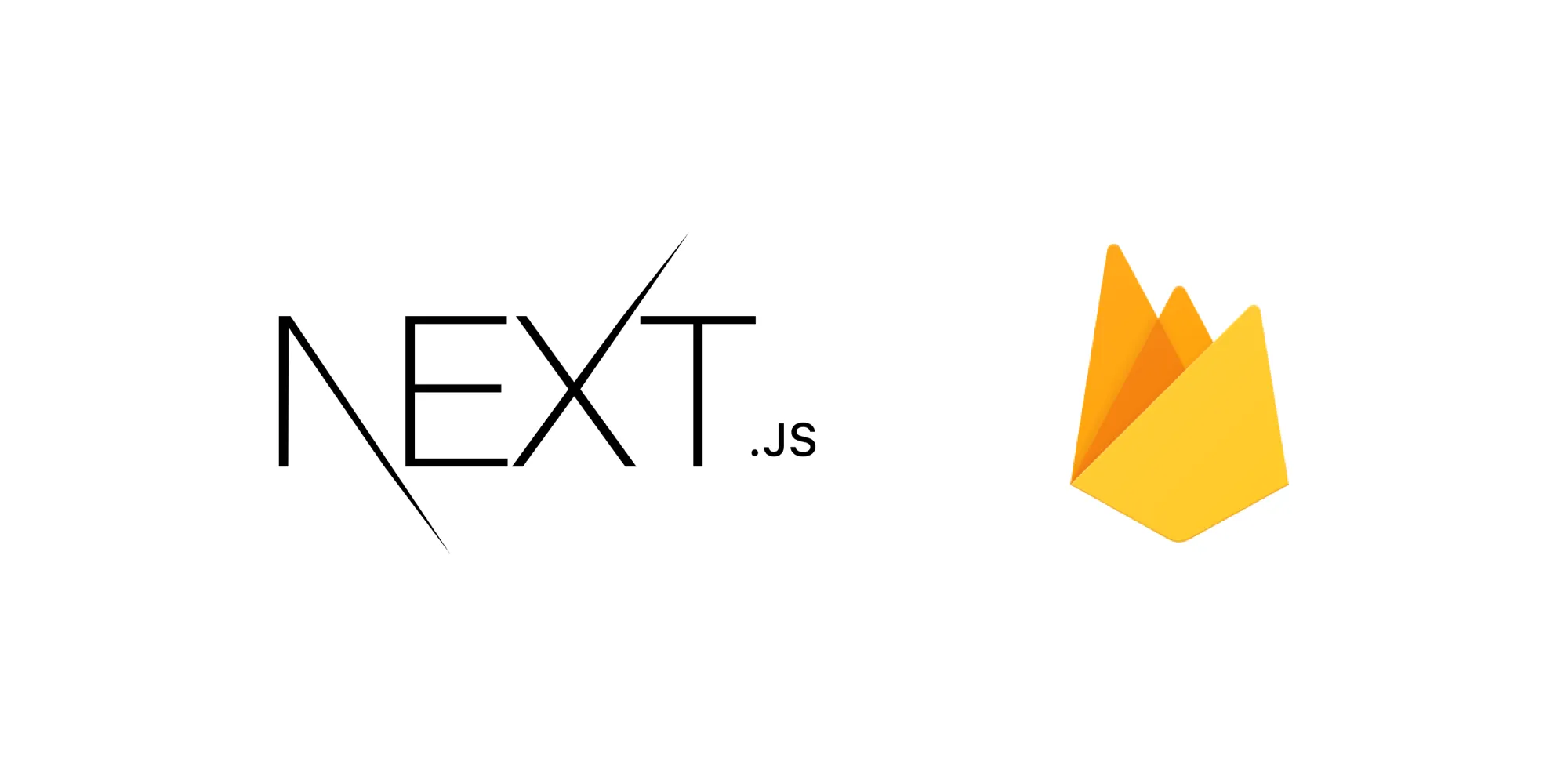
Published on February 28, 2014.
I got a Pebble this week. (Not a rock, of course, I bought the Pebble Smartwatch: smartphone companion and Kickstarter sensation.) I pre-ordered my Pebble six months ago after reading about what was and since has become the first practical smartwatch in existence. It’s chassis is attractive, and the e-paper display allows for excellent battery life. It is packed full of sensors and meters, and still manages to be waterproof. Despite all this, the Pebble is ultimately a flawed product, and I knew this when I bought it. In fact, the Pebble’s flaws were actually a large part of why I preordered it in the first place.
The Pebble is currently the most popular consumer smartwatch in the market, but this may not be the case for long. Google, Apple, Samsung, and others are all rumored to be developing smartwatches to be released later this year and into 2014. The problem with these rumored smartwatches is that they will inevitably be sold as consumer products, rather than development devices. The difference with Pebble is that while neither it nor its soon-to-be-announced competitors will be a perfect implementation of a smartwatch, only Pebble will be open-source, meaning that I can install the Pebble SDK and start developing for it myself. Purchasers of the Pebble have the distinct opportunity to be a part of defining the smartwatch market, and that is what is worth paying for.
If the Pebble is viewed as a consumer product it does not hold up to expectations. Notifications are not actionable, it is fairly useless without a companion smartphone, and its app ecosystem is small. Whether the folks over at Team Pebble are saying it explicitly or not, their product is in beta. I expect that those that want a Pebble just for personal use will be disappointed, and will probably be better off waiting a year or two for the market to mature. The Pebble is best fitted for eager developers like me, and while it may be years until the smartwatch market is out of beta, the developer community will continue to support and drive innovation in the market.
While I was tracking my Pebble shipment this week, I was also tracking a news story about the researchers who developed the world’s first lab-grown burger, which is, in it’s own way, a beta. There are a lot of cool things about a future without factory farms, and this development could mean a radical shift in the meat production industry, quite likely for the better. On the other hand, there are significant unexplored medical concerns with eating food grown in labs, and so until these issues are addressed, cultured beef will remain a laboratory product. There isn’t any way that these hamburgers could be put on supermarket shelves today, but that doesn’t mean they won’t sometime in the future. The lab-grown hamburger is a proof of concept, meant to stir up discussion and interest about this topic, and it appears to have been successful. I would wager that the FDA won’t be approving this or any other “food beta” in the next year or two, but maybe if projects like these continue a healthier, cheaper, and more ecological meat product will be widely available in super-markets and restaurants.
Betas are important. At the most basic level, a beta represents a connection between developers and consumers. Beyond the basic exchange of bug reports and feature suggestions, participation in a beta has symbolic meaning for both parties. By putting their products in beta a company says “We care about your input,” and by participating a beta tester says “I care about your product mission, I want you to keep working on this.” Beta testers are doing a very important job, both improving the product and staying the complaints of those that would have a project cancelled just because it isn’t finished. Betas are about what the product will look like, not what it looks like now. Product mission is the reason why I have a Pebble on my wrist, and why I am running Windows 8.1 Preview on my laptop. With Windows 8, Microsoft set out to design an intuitive and touch-friendly user interface that maintains the functionality of traditional Windows. I am the first to admit that Windows 8.1 (and by extension Windows 8) doesn’t deliver fully on this goal, but I want Microsoft to know that their work is important to me.
I don’t think that everyone should start buying beta products, and I don’t think that every product should be beta-tested. As a developer of products (of any kind, I would argue), it is important to consider whether or not you really know better than your customers what your product should look like. The Pebble is most importantly a smartwatch platform for third-party development, just as the lab burger is most-importantly a conversation starter. These products are not final and are not perfect, which is why living off of betas can be painful. (If you don’t believe me, ask anyone with iOS 7 on their phone.) The traditional product release model is too much of a guessing game. Years of R&D lead up to a product launch that has the development team crossing their proverbial fingers. This is no bargain. Product design should be collaborative. We need more betas.



